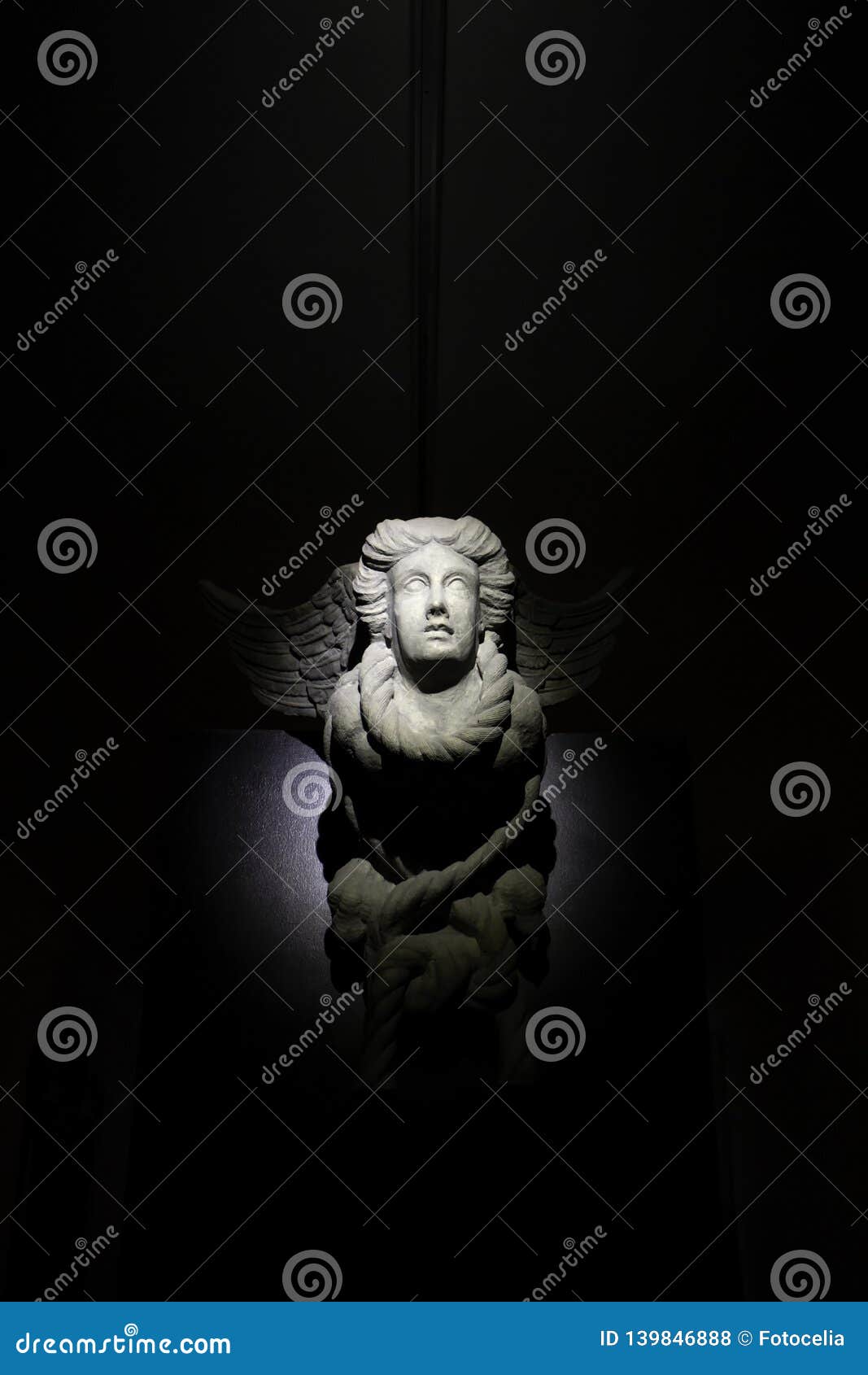Walking into a Catholic church can evoke a myriad of emotions. Many individuals remark upon its grandeur, feeling a deep sense of tranquility or awe. This ambivalence often leads to questions about the elements that comprise these sacred spaces. What is in a Catholic church? The answer goes beyond mere architecture; it encapsulates profound spiritual significance, artistic beauty, and a rich tapestry of symbolism that resonates with the Christian faith.
At first glance, the architecture of a Catholic church captivates believers and non-believers alike. The soaring ceilings, adorned with intricate frescoes, draw the eyes upward, inviting worshippers to ponder the divine. The layout of the church is typically cruciform, symbolizing the intersection of the earthly and the eternal. This design choice is far from arbitrary; it mirrors the significance of Christ’s sacrifice on the cross, reminding congregants of His love and redemption.
Stepping further into the church, one inevitably encounters the altar, the focal point of Catholic worship. It serves as the table upon which the Eucharist is celebrated, representing the Last Supper. Thus, it is often elaborately decorated, reflecting the reverence associated with this sacrament. Floral arrangements, candles, and various liturgical items embellish the altar, creating an atmosphere steeped in solemnity and joy.
Of paramount importance is the significance of sacred symbols scattered throughout the space. From the moment one enters, the crucifix serves as a poignant reminder of Christ’s passion. This symbol denotes not just His suffering but also serves as a beacon of hope, illustrating the promise of resurrection and salvation. This duality is central to Christian belief: through suffering comes redemption.
Adjacent to the altar typically lies the tabernacle, a small dwelling place for the consecrated Eucharist—another integral symbol in Catholicism. It signifies the real presence of Christ, emphasizing the belief that Jesus is truly present in the Eucharist. The tabernacle is often elaborately crafted from gold or adorned with precious stones, reflecting the tremendous value of the sacrament it houses.
The use of stained glass windows is another striking element within Catholic churches. Not only aesthetically pleasing, these windows serve a didactic purpose. They often depict scenes from the Bible, saints, and significant events in Christian history. In days past, when literacy was scarce, these depictions provided the faithful with visual narratives of scripture, seen as a bridge between the divine and mundane. Beyond their educational function, the interplay of light and color creates a sublime ambiance, enhancing the spiritual experience during worship.
As one’s gaze shifts, the presence of statues becomes apparent. These figures, often of saints and the Virgin Mary, are not merely decorative. They embody the belief in the ‘communion of saints,’ which asserts that the faithful can intercede for one another through prayer. Statues serve as visual reminders of the virtues and lives of these holy figures, inspiring the community to emulate their commitment to faith and virtue.
Moreover, the interior of a Catholic church often includes a baptismal font, a symbol of new life and initiation into the Christian community. The act of baptism connotes purification and rebirth; thus, the font holds a sacred status, often positioned near the entrance as a reminder of the congregation’s calling to share in this life of faith.
The presence of confessionals is another striking feature. These structures serve a dual purpose: they are a place of refuge and reconciliation. In a contemporary world filled with turmoil, the act of confession offers a pathway to emotional and spiritual healing. The anonymity provided by confessionals underscores the personal nature of this sacrament, allowing individuals to confront their faults and seek forgiveness.
In addition to the physical elements, the atmosphere within a Catholic church is undeniably distinct. The hushed whispers of prayer, the flickering candlelight, and the fragrant incense contribute to a multisensory experience that many find transcendent. The use of incense, especially during special liturgical celebrations, symbolizes the prayers of the faithful rising to heaven. The sacramental nature of these sensory experiences deepens spiritual engagement, creating an environment ripe for reflection and devotion.
With so many layered meanings, it’s no wonder that Catholic churches provoke fascination and intrigue. The intricate interplay between worship, community, and personal spirituality invites deeper consideration of one’s faith journey. Within these sacred spaces, the faithful encounter not just the physical manifestations of their beliefs but the intricate web of history, art, and theology that defines Catholicism. Each element within the church serves a purpose, invoking reflexivity and promoting a deeper understanding of the divine.
In conclusion, the interior of a Catholic church acts as a microcosm of Christian belief. It embodies a powerful narrative of faith, beauty, and community, inviting both contemplation and connection. The interplay of sacred symbols, architectural design, and the layered atmosphere creates a profound space for worship, facilitating a transformative experience. For those who step inside, the invitation remains: to engage with the sacred, to ponder the mysteries of faith, and to discover what truly resides in the heart of a Catholic church.



